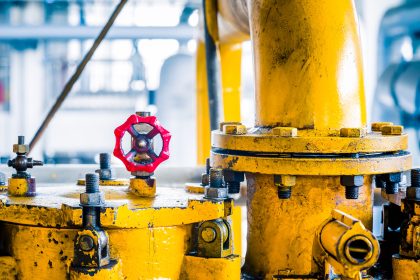Hydraulic Motors

Hydraulic motors are rotary or mechanical actuators that operate by converting hydraulic pressure or fluid energy into torque and angular displacement.
Motor Displacement
Motor displacement is the volume of fluid required to turn on the motor’s motor output shaft through one revolution. Cubic inches and cubic centimeters per revolution are the common units that are used for motor displacement. Depending on the type of motor used and application, the displacement may be a fixed or variable quantity. In a fixed displacement motor the torque is constant. The speed of the motor can be varied when controlling the amount of input flow that gets into the motor. Variable torque and speed can be obtained if the motor used is a variable displacement motor.
Torque Output
The torque output of a motor can be expressed either in foot-pounds or inch-pounds. It’s a function of the pressure in a system and the motor displacement. The specific pressure drops in a motor can be evaluated based on motor torque ratings given by the manufacturer.
Starting Torque
Starting torque is the ability of a hydraulic motor to make a load start moving. The starting torque indicates the amount of torque that a hydraulic motor can develop to make a load start turning. It can be expressed as a fraction or percentage of the theoretical torque. The starting torque for piston, vane, and common gear motors is usually between 70% to 80% of the theoretical value.



